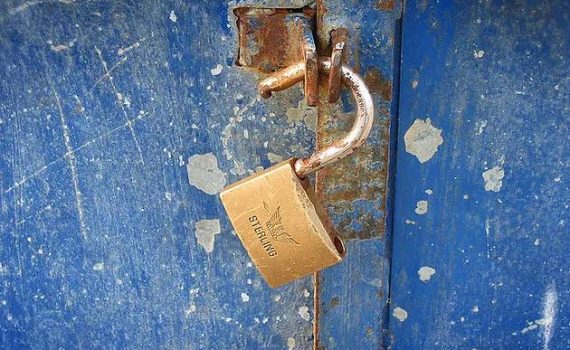
Will They Cheat?
Category : Posts
How can you help your students decide not to cheat?
According to studies of cheating, the best prevention is low-tech and old-fashioned: help your students love the process of learning. Students are honest when the emphasis of the course is on learning rather than competition, when they feel the course is set up to help them learn. Teach students how to learn, to rise to challenges, and to accept struggle and failure as part of learning, and, studies say, your students will tend not to cheat.
The best learning environments address students’ fears: that they will be judged rather than taught; that grades will determine their entire future; that they will have to make their entire way through the course alone.
As far as you can, even in online courses, know your students and be sensitive to any special circumstances. As Neil Rowe of the US Naval Postgraduate School says, “Understand what students face,” from special educational needs to special family and work circumstances.
Regular communication with instructors and fellow students helps students feel they’re in control. Use social media. Consider allowing extra collaboration and cooperation in online courses; studies have shown that students who collaborate help each other learn and discover more sophisticated problem-solving strategies than any single student would discover alone. Group and team projects also show the lowest incidence of cheating. (It can be argued that some forms of cheating, such as collaboration when the course doesn’t permit it, are students’ way of helping themselves learn more effectively. In a famous example at MIT in the 1990s, student programmers who weren’t allowed to collaborate did so anyway—and became much more effective programmers. Collaboration is now the norm at MIT.)
Flip your courses, especially online courses. Have students read the material and hear a video lecture beforehand. Use class time for critical thinking.
Both students and instructors can foster a culture of honesty. Instructors should be clear with students about why they consider certain behaviors unacceptable. If you can’t explain why it’s unacceptable, consider letting your students do it. For example, a UCLA Controlling Cheating in Online Courses: A Primer 2 professor of games theory decided to let his students cheat on the midterm, and gave
them a week to decide how to cheat. The students all used games theory—and learned. Who does cheat?
It’s not clear whether students cheat more in online classes than in blended or traditional ones. Some studies indicate that the level of student cheating hasn’t changed much since the 1920s. It is clear, though, that the Internet makes cheating easier, because all forms of information discovery and reuse are now easier.
Some “cheating” is the result of simple confusion. It’s common, especially for international students, to have different ideas of what’s allowed. Make your rules clear to everyone.
Different rules often hold for tutorial assignments, assessments, and exams. Make clear why that is.
Signing an honor code may or may not make a difference; knowing what the code is does.
How do students cheat?
Most cheating is fairly low-tech.
- Students look up answers online by searching on the text of the question (Anonymizing the title of the item doesn’t help much.)
- They share answers, especially with their friends, through Google Hangouts, Google Docs, chat, Skype, emailed screenshots, or other means.
- One student buys two access codes, uses the “phantom student” to fish for answers, then submits the correct answer as himself.
- Students form a group. Each student works his way through some of the questions and shares the answers with friends.
- To get extra time or undeserved credit, a student says that he has already submitted the assignment but “the computer lost it.”
- Students hire other students to take either an entire course or, more often, only the quizzes and exams. Companies such as wetakeyourclass.com are built on this business.
- Students steal the logins/passwords of other students, or use the accounts of students who have left a public computer but failed to log out explicitly. What can you do to discourage students who are contemplating cheating? The most effective way to discourage potential cheaters is to make it unprofitable. Comparative studies have shown that the most secure exams are human-proctored exams with a paper and pencil. When that’s not feasible, proctor as strictly as possible. The following may work if you know that the students’ hardware supports them:
- Make final exams available for a relatively short period of time.
- Ask students to scan and email the rough calculations that they made as they took the exam.
- Password exams.
- Include at least one critical-thinking essay question.
- Use other security features such as requiring students to submit a picture of their face via Webcam as they begin the exam.
Can I use my own material?
Especially on final exams, consider giving your students new material that you have developed yourself. Mastering lets you create your own content, in all of the question types that it supports, using the same system as our own authors use.
This material was adapted from a post that written by Sarah Smith with help from the MyLabs and Mastering Group and with material from Prof. Bernard Bull’s Canvas.org course on online cheating.

